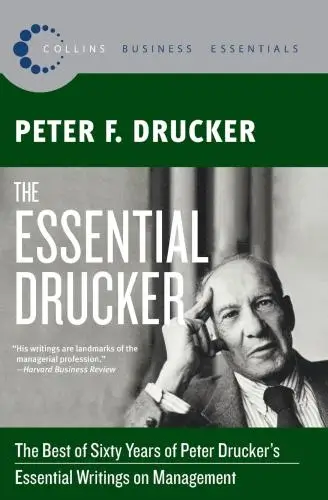
The Essential Drucker
The Best of Sixty Years of Peter Drucker's Essential Writings on Management
What is The Essential Drucker about?
The Essential Drucker by Peter F. Drucker is a guide that distills the wisdom and insights of one of management's founding fathers into a single volume. This book is a must-read for professionals seeking to understand the principles and practices that drive effective management and leadership. Drucker's timeless wisdom covers topics from decision-making to innovation, offering readers a comprehensive toolkit for navigating the complexities of the modern business world with clarity and foresight.
About the Author
Peter F. Drucker was a pioneering management consultant and author, whose extensive body of work, including "The Effective Executive" and "Management: Tasks, Responsibilities, Practices," has profoundly influenced modern business practices. Known for his analytical and clear writing style, Drucker's insights on efficiency, innovation, and leadership remain highly relevant.
10 Key Ideas of The Essential Drucker
Embrace the Practice of Management by Objectives
Management by Objectives (MBO) is a strategic approach that aligns the goals of employees with the objectives of the organization. This method involves setting clear, achievable targets for all members of an organization and regularly reviewing their progress. The reasoning behind MBO is that when employees understand what is expected of them and how their work contributes to the larger goals of the organization, they are more motivated and engaged. This alignment also facilitates better communication between different levels of management and staff, leading to a more cohesive and efficient operation.
Learn DeeperSet Clear, Specific Goals: Start by defining clear and achievable objectives for yourself and your team. Ensure these goals are specific, measurable, attainable, relevant, and time-bound (SMART).
Regular Progress Reviews: Schedule regular meetings to review progress towards the objectives. This could be weekly, monthly, or quarterly, depending on the nature of the goals. Use these reviews as opportunities to adjust strategies, celebrate achievements, and address challenges.
Align Individual Goals with Organizational Objectives: Make sure that the goals set for individuals and teams directly contribute to the broader objectives of the organization. This alignment ensures that everyone is working towards the same end.
Encourage Open Communication: Foster an environment where employees feel comfortable discussing their progress, challenges, and suggestions. Open communication channels can lead to innovative solutions and more cohesive teamwork.
Provide Feedback and Support: Offer constructive feedback and the necessary resources or support to help team members meet their objectives. Recognizing efforts and achievements is also crucial for maintaining motivation.
- Example
A marketing team sets a goal to increase website traffic by 20% within the next quarter. Each team member is assigned specific tasks such as SEO optimization, content creation, or social media campaigns, contributing to the overall objective. Regular meetings are held to track progress and adjust strategies as needed.
- Example
An IT department aims to reduce system downtime by 30% over six months. Objectives are set for various team members, including updating hardware, improving software efficiency, and conducting regular maintenance checks. Progress is reviewed in monthly meetings, where challenges are discussed and solutions are proposed.
Cultivate a Results-Oriented Work Environment
Focusing on results rather than processes encourages efficiency and productivity. In a results-oriented environment, employees are evaluated based on their achievements, which motivates them to prioritize their tasks effectively and focus on high-impact activities. This approach fosters innovation as employees are encouraged to find the most effective ways to achieve their goals. It also helps in identifying high performers who contribute significantly to the organization's success.
Learn DeeperSet Clear, Measurable Goals: Start by defining what success looks like for each project or task. Ensure that these goals are specific, measurable, achievable, relevant, and time-bound (SMART). This clarity will help you and your team focus on what truly matters.
Encourage Autonomy in Problem-Solving: Instead of micromanaging how tasks should be done, focus on the outcome. Encourage your team to come up with their own solutions to achieve the set goals. This not only boosts innovation but also empowers your team members.
Implement Regular Feedback Loops: Schedule regular check-ins with your team to discuss progress towards goals, challenges faced, and brainstorm solutions. This keeps everyone aligned and focused on results while fostering a culture of continuous improvement.
Recognize and Reward Achievements: Make it a point to acknowledge and reward results. Whether it's through public recognition, bonuses, or career advancement opportunities, showing appreciation for hard work and achievements motivates your team to continue performing at their best.
- Example
A marketing team sets a clear goal to increase website traffic by 20% within the next quarter. They are given the freedom to experiment with different strategies, including SEO improvements, content marketing, and social media campaigns. Their progress is reviewed weekly, allowing for adjustments and innovations along the way. Success is celebrated with a team lunch and individual shout-outs in the company newsletter.
- Example
A software development team is tasked with reducing the load time of their application by 30% in three months. The team decides to adopt a new, more efficient coding framework and refactor some of the existing code. They conduct bi-weekly sprints, at the end of which they review their progress and adjust their strategies as needed. Achieving the goal results in bonuses for the team members and recognition during the company-wide meeting.
Make Knowledge Work Productive
Knowledge work involves tasks that require cognitive thinking, such as decision-making, analysis, and problem-solving. Making knowledge work productive requires creating systems that support knowledge workers in focusing on their tasks without unnecessary interruptions. This includes providing access to the right tools and information, fostering a culture of continuous learning, and encouraging collaboration among team members. By optimizing the productivity of knowledge workers, organizations can harness their creativity and expertise to drive innovation and growth.
Learn DeeperIdentify and Minimize Interruptions: Start by tracking your workday to identify what interrupts your flow of work. Once identified, look for ways to minimize these interruptions. This could mean setting specific times to check emails, using do-not-disturb modes on communication tools, or having designated quiet hours for deep work.
Leverage the Right Tools: Evaluate and integrate tools that can streamline your workflow and enhance your productivity. This might include project management software, digital note-taking apps, or specialized software relevant to your field. The key is to ensure these tools are improving efficiency rather than adding to your workload.
Foster a Learning Environment: Dedicate time each week to learn something new related to your field. This could be through online courses, webinars, reading industry-related articles, or even discussing with peers. Continuous learning keeps you updated and can spark innovative ideas.
Encourage Collaboration: Make it a point to regularly collaborate with your colleagues. This could be through brainstorming sessions, peer reviews, or joint projects. Collaboration not only helps in sharing knowledge but also in gaining new perspectives that can enhance problem-solving and decision-making.
- Example
A software development team uses a project management tool to organize tasks, set deadlines, and track progress. They minimize interruptions by having 'coding hours' where all members focus on coding without meetings or external communications.
- Example
A marketing team holds weekly learning sessions where each member shares insights from a recent article, book, or course related to their field. This fosters a culture of continuous learning and keeps the team updated on the latest trends and strategies.
Practice Effective Decision-Making
Effective decision-making involves analyzing relevant information, considering various options, and choosing the best course of action. It requires a balance between thorough analysis and timely action. Decision-makers should be clear about the objectives of the decision, gather and evaluate the necessary information, consider the risks and implications of each option, and make a decision that aligns with the organization's goals. This process ensures that decisions are well-informed and contribute positively to the organization's success.
Learn DeeperIdentify Clear Objectives: Before diving into any decision-making process, take a moment to clarify what you're trying to achieve. This will serve as your north star, guiding your analysis and choices.
Gather Relevant Information: Actively seek out the data and insights needed to make an informed decision. This could involve researching, consulting with experts, or analyzing past experiences.
Evaluate Options Thoroughly: Lay out all possible courses of action and weigh their pros and cons. Consider using tools like SWOT analysis (Strengths, Weaknesses, Opportunities, Threats) to structure your evaluation.
Consider the Risks: Understand the potential downsides of each option. Ask yourself, 'What's the worst that could happen?' and 'How likely is it?' This will help you prepare for or mitigate possible negative outcomes.
Make Timely Decisions: While it's important to be thorough, don't fall into analysis paralysis. Set a reasonable deadline for your decision to ensure you move forward effectively.
Align with Goals: Ensure your final decision aligns with your personal or organizational goals. This coherence ensures that your actions contribute positively towards achieving these objectives.
- Example
Imagine you're deciding whether to invest in a new piece of technology for your business. You'd start by defining the objective (e.g., increase productivity), gather information on different options, evaluate them based on cost, effectiveness, and compatibility with your current systems, consider the risks (e.g., implementation challenges), and make a decision that aligns with your goal of improving productivity.
- Example
Consider a scenario where you're choosing a new supplier. You'd identify your main goal (e.g., reduce costs without sacrificing quality), collect proposals from various suppliers, assess each based on price, reliability, and quality, weigh the risks of switching suppliers (e.g., potential disruptions), and choose the one that best meets your cost-reduction goal while maintaining quality.
Deeper knowledge. Personal growth. Unlocked.
Unlock this book's key ideas and 100+ more. Learn with quick, impactful summaries.
Read Full SummarySign up and read for free!
The Essential Drucker Summary: Common Questions
Experience Personalized Book Summaries, Today!
Discover a new way to gain knowledge, and save time.
Sign up for our 7-day trial now.
No Credit Card Needed

Similar Books
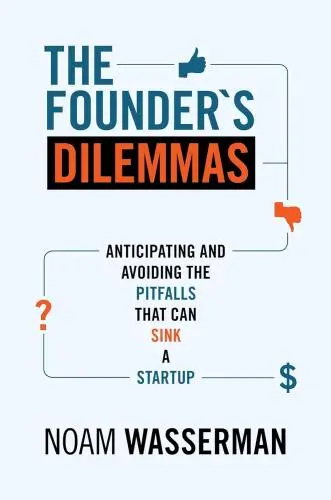
The Founder's Dilemmas
Noam Wasserman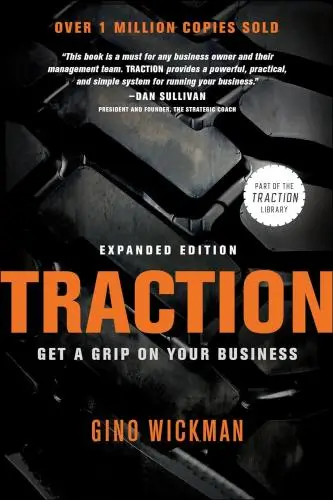
Traction
Gino Wickman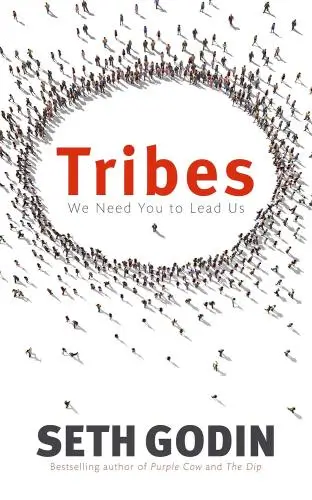
Tribes
Seth Godin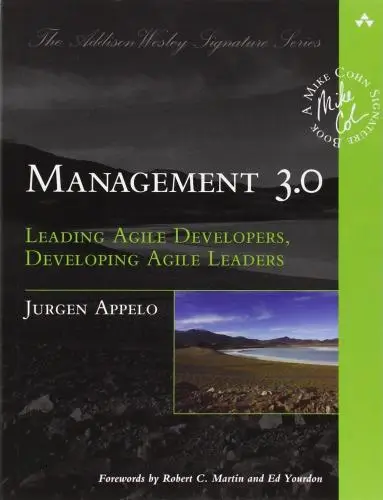
Management 3.0
Jurgen Appelo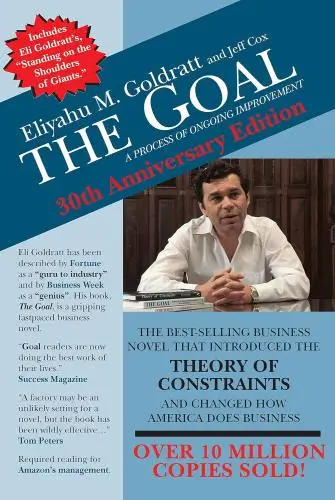
The Goal
Eliyahu M Goldratt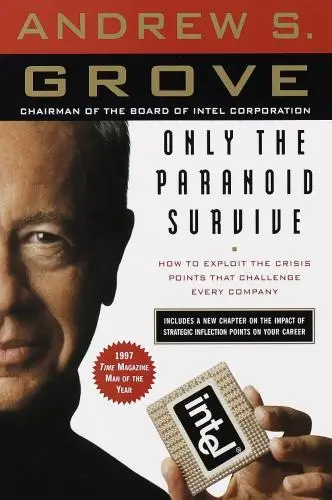
Only the Paranoid Survive
Andrew S. Grove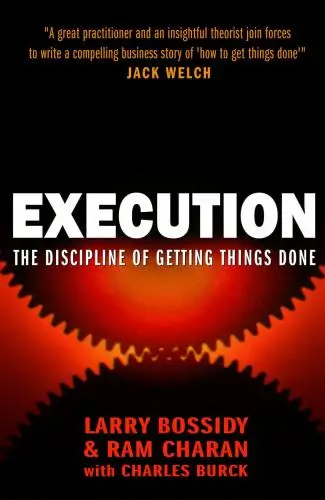
Execution
Larry Bossidy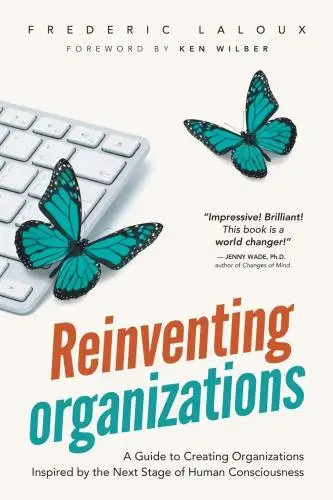
Reinventing Organizations
Frederic Laloux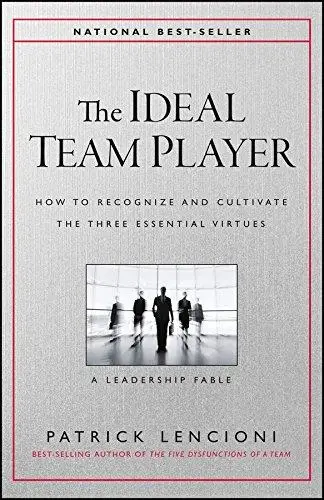
The Ideal Team Player
Patrick M. Lencioni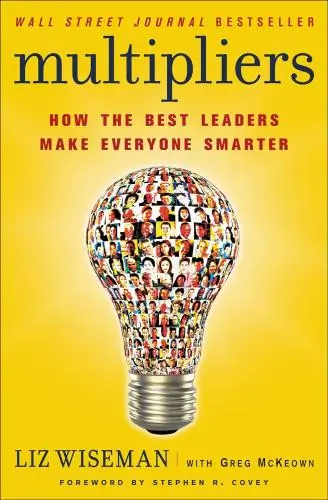
Multipliers
Liz Wiseman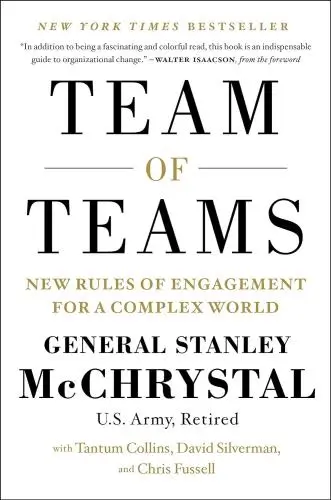
Team of Teams
General Stanley McChrystal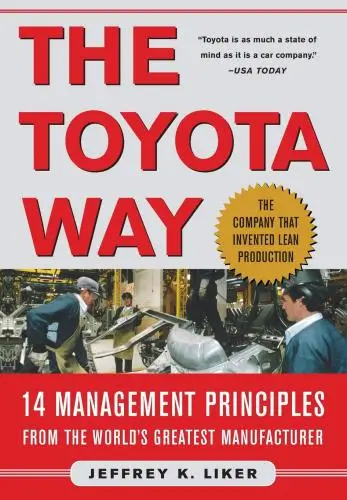
The Toyota Way
Jeffrey LikerTrending Summaries

Peak
Anders Ericsson
Never Split the Difference
Chris Voss
Smart Brevity
Jim VandeHei
The Psychology of Money
Morgan Housel
The First 90 Days
Michael D. Watkins
Atomic Habits
James Clear
Thinking, Fast and Slow
Daniel Kahneman
The Body Keeps the Score
Bessel van der Kolk M.D.
The Power of Regret
Daniel H. Pink
The Compound Effect
Darren Hardy
How to Win Friends & Influence People
Dale Carnegie
Eat That Frog!
Brian Tracy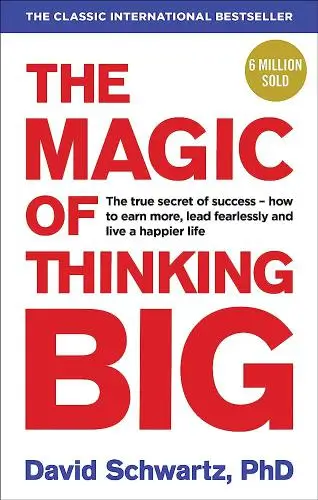
The Magic of Thinking Big
David J. Schwartz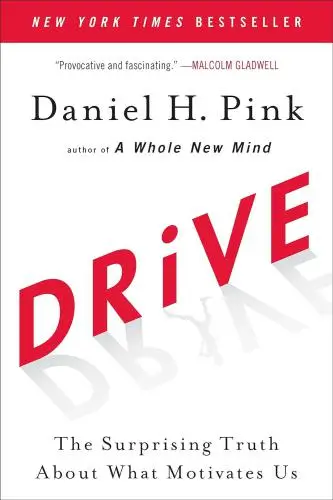
Drive
Daniel H. Pink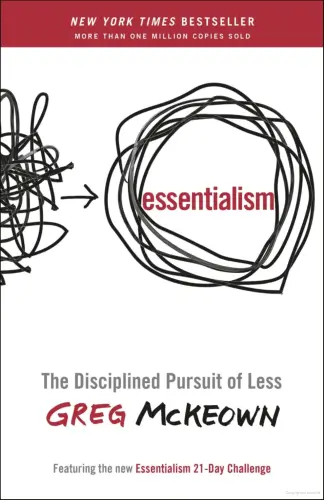
Essentialism
Greg McKeownNew Books

The Millionaire Fastlane
MJ DeMarco
Losing My Virginity
Richard Branson
Venture Deals
Brad Feld
48 Days to the Work You Love
Dan Miller
Anything You Want
Derek Sivers
Running Lean
Ash Maurya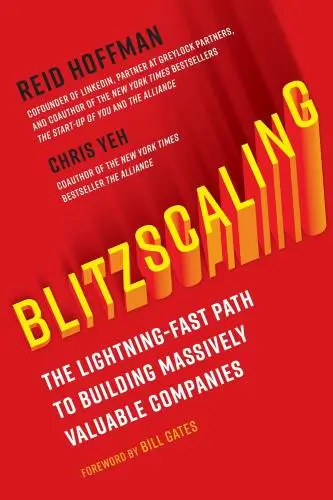
Blitzscaling
Reid Hoffman
The Founder's Dilemmas
Noam Wasserman
Founders at Work
Jessica Livingston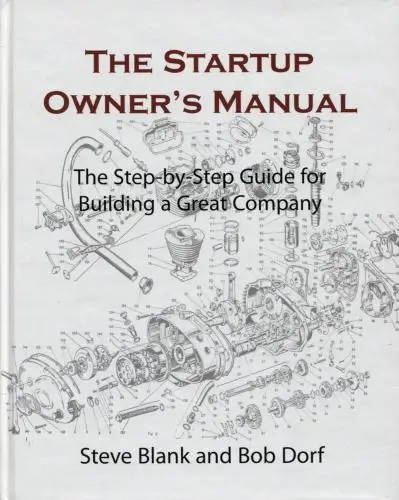
The Startup Owner's Manual
Steve Blank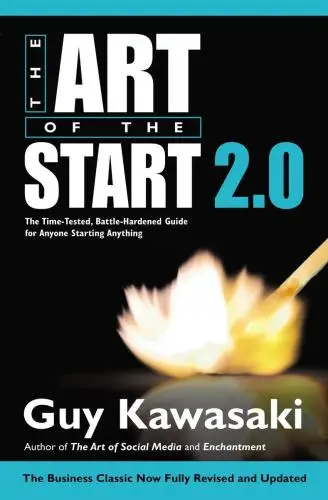
The Art of the Start 2.0
Guy Kawasaki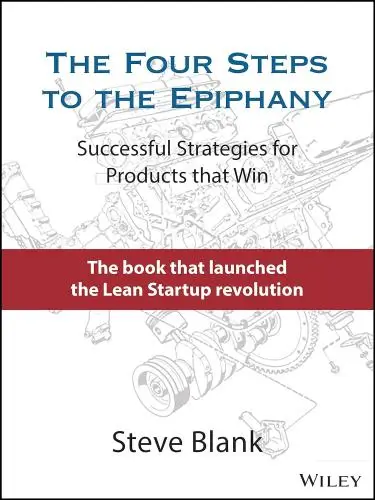
The Four Steps to the Epiphany
Steve Blank
Flash Boys
Michael Lewis
Crush It!
Gary Vaynerchuk
